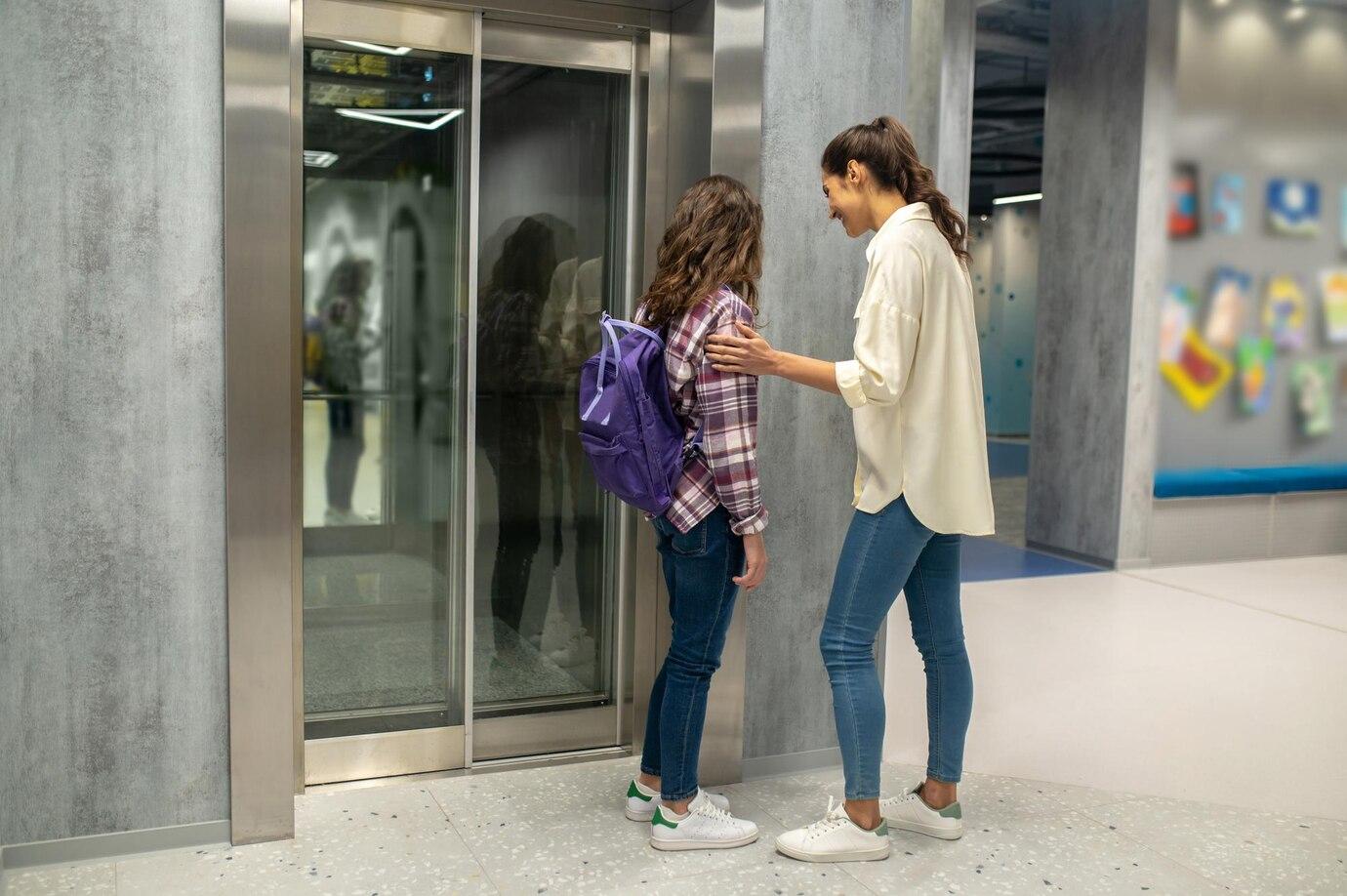As urban centers swell and buildings stretch higher into the sky, the infrastructure within them must evolve to meet new demands. One often overlooked but essential part of high-rise living and working is the elevator system. In recent years, the smart elevator automation system market has emerged as a dynamic segment in the broader smart building and IoT ecosystem. With rapid advancements in technology, increasing urbanization, and a focus on energy efficiency and user experience, smart elevators are no longer a futuristic concept they are fast becoming a modern necessity.
Understanding Smart Elevator Automation
Smart elevator systems go beyond the traditional up-and-down mechanics of conventional elevators. These systems leverage cutting-edge technologies such as artificial intelligence, machine learning, the Internet of Things (IoT), and big data analytics to provide enhanced user experiences, greater efficiency, and improved safety. Features can include destination dispatching, predictive maintenance, biometric access, real-time monitoring, and energy optimization.
These systems can intelligently group passengers traveling to the same floor, reduce wait times, and minimize stops, all while collecting data to further optimize performance. Integration with building management systems also enables a more holistic and connected infrastructure, making buildings not only smarter but more responsive to human needs.
Market Drivers
Several factors are fueling the rapid growth of the smart elevator market. First and foremost is urbanization. According to the United Nations, over 68% of the world’s population will live in urban areas by 2050. This trend is driving the construction of high-rise buildings, where efficient vertical transportation becomes critical. Traditional elevators simply cannot keep up with the complexity and traffic patterns of modern skyscrapers, particularly in megacities.
Secondly, there’s a growing demand for energy-efficient solutions. Smart elevators help reduce energy consumption through regenerative drives, smart lighting, and improved standby modes, which is increasingly important as buildings strive for LEED certification and other sustainability benchmarks.
Third, there is an increasing focus on occupant experience and safety. As smart buildings aim to provide frictionless and secure environments, smart elevators equipped with touchless controls, facial recognition, and real-time alerts become a critical feature. The COVID-19 pandemic accelerated the demand for contactless technologies, a trend that continues to influence building design and upgrades.
Regional Outlook and Market Projections
Asia-Pacific is leading the way in terms of market share and growth potential, thanks to rapid urban development in countries like China, India, and Southeast Asian nations. Massive infrastructure projects and smart city initiatives are creating fertile ground for smart elevator adoption. Meanwhile, North America and Europe are expected to see steady growth due to retrofitting of aging infrastructure and the incorporation of smart technologies into both new and existing buildings.
According to recent market research, the global smart elevator market was valued at around USD 23 billion in 2023 and is projected to reach over USD 50 billion by 2030, growing at a CAGR of approximately 11% during this period. This trajectory highlights a significant opportunity for stakeholders, including elevator manufacturers, building developers, and technology providers.
Key Players and Innovations
Major players in the industry include Otis Elevator Company, KONE Corporation, Thyssenkrupp AG, Schindler Group, and Mitsubishi Electric. These companies are not only investing in hardware innovations but also expanding their digital service portfolios. Predictive maintenance using AI, cloud-connected elevator monitoring, and integration with building automation platforms are becoming standard offerings.
New entrants and startups are also playing a role, particularly in the development of customized solutions for niche markets or specific building types. Partnerships with tech firms and data analytics providers are enabling faster innovation cycles and more adaptable solutions.
Final Thoughts
The smart elevator automation system market is not just a subset of smart buildings—it is a key enabler of modern vertical mobility. As cities continue to rise, so too will the demand for smarter, safer, and more efficient elevator systems. For stakeholders looking to invest in or expand within the smart building sector, elevators present a compelling opportunity that bridges technology, infrastructure, and human experience in the urban landscape.







